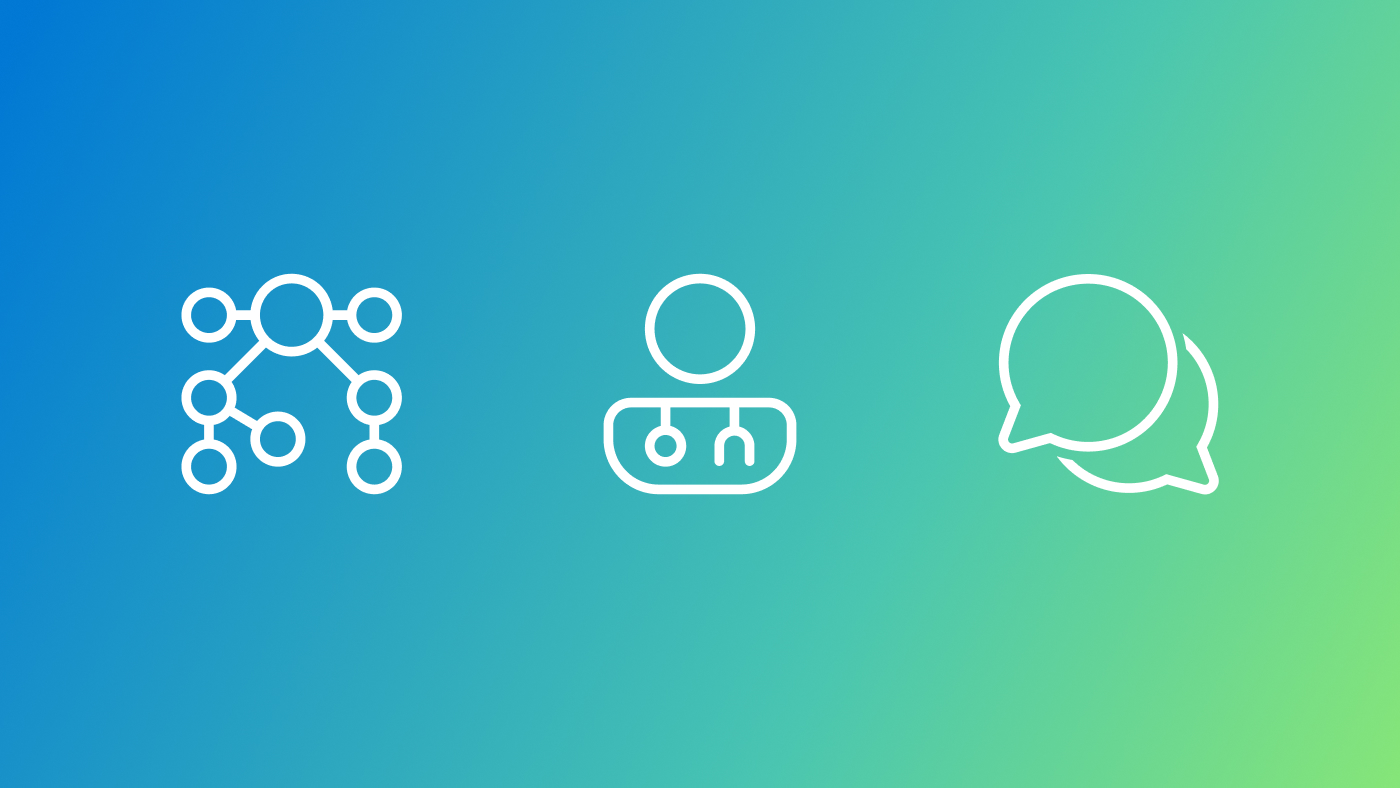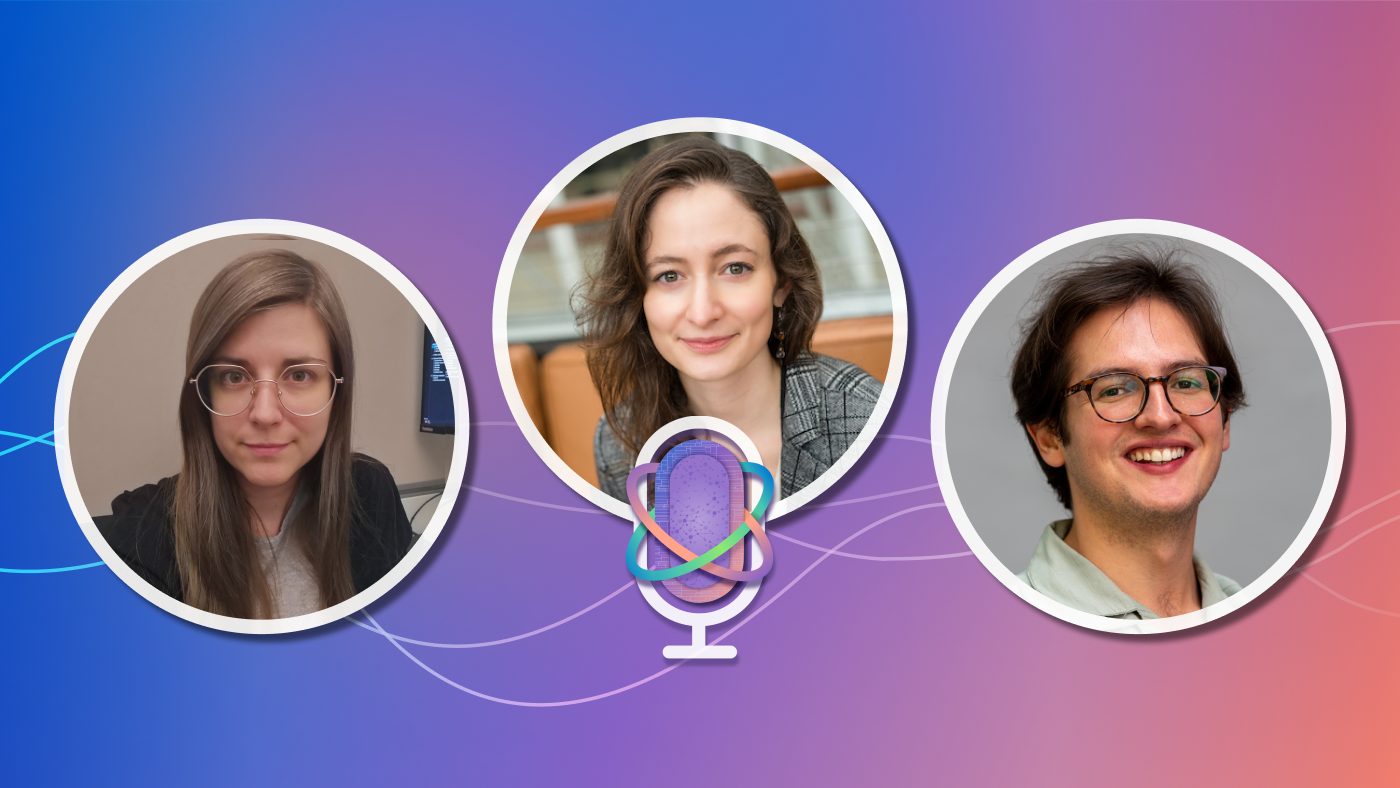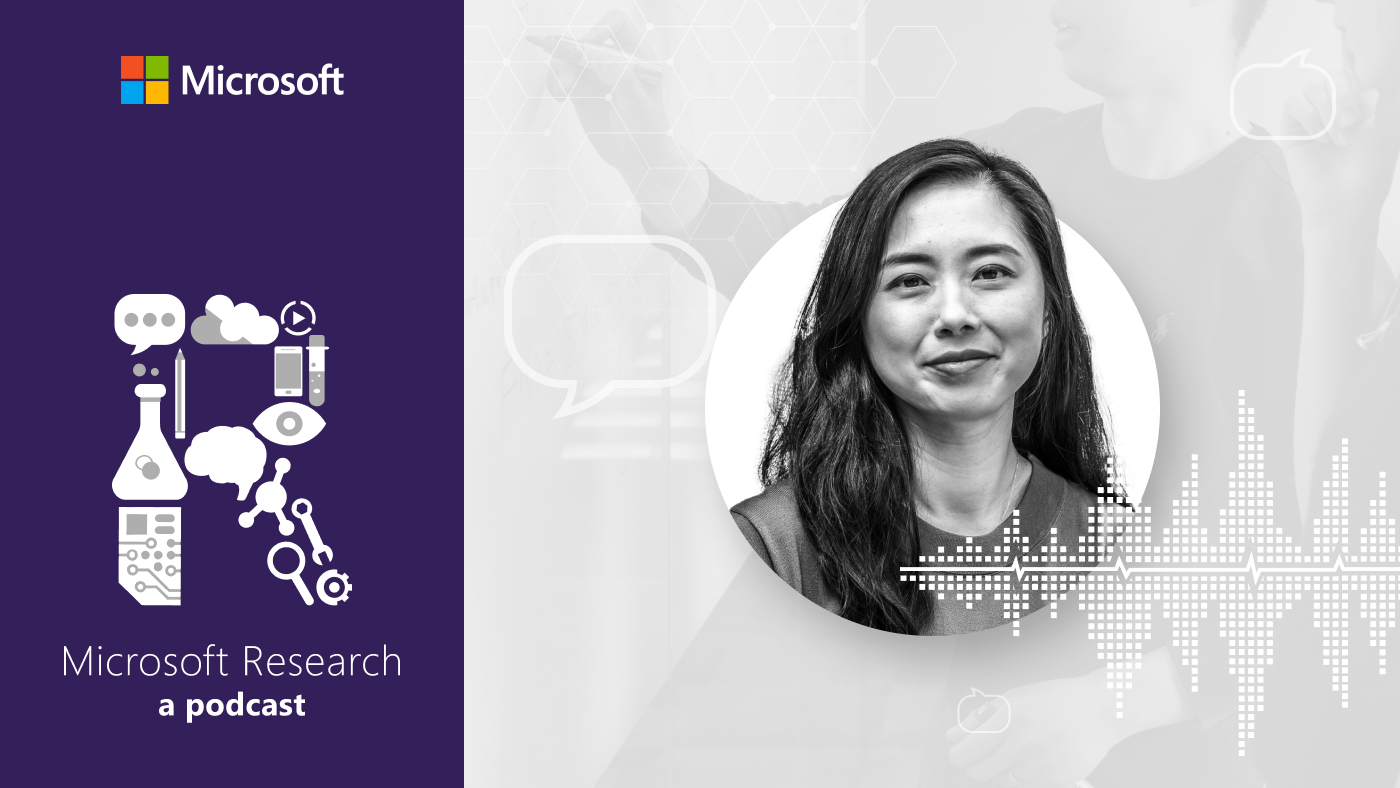By Rob Knies, Managing Editor, Microsoft Research
Technology has revolutionized the developed world in recent years. The way we work, the way we play, the way we communicate—all have been transformed by the advent of the PC and the wave of devices that have followed. For computer users, the world is a richer, more interactive place.
But what of those massive numbers of people in the world for whom computing remains a distant, elusive concept, more akin to storybook fantasy than life-changing reality? How can those people—often lacking money, infrastructure, instruction, or all three—participate in the digital world of the future?
Spotlight: Blog post
Tapan Parikh—with the help of Microsoft Research—plans to find out.
Parikh (opens in new tab), a graduate researcher in the University of Washington Department of Computer Science & Engineering (opens in new tab), is a man with a conscience, a champion of society’s less fortunate. His CAM project aims to explore the usage of camera-equipped cellphones as portable data-capture devices to support the tracking of microfinance transactions in rural India.
Microsoft Research’s External Research & Programs (ER&P) group recently issued a request for proposals (opens in new tab) for research on the theme of Digital Inclusion, and CAM is an example of a successful joint proposal from academic researchers at the University of Washington and Princeton University. Seventeen Digital Inclusion projects—representing 10 countries spread over five continents—are supported through the $1.2 million ER&P Digital Inclusion initiative.
“I think there’s a lot of potential and strength in the people that I’ve met in rural India,” says Parikh, who served as an intern at Microsoft Research’s lab in Bangalore, India (opens in new tab), in the summer of 2005. “I think these people have really interesting perspectives in terms of their world views, and they have a really nice way of looking at things, a very deep humility that underlies everything that they do. It seems to me that if there’s anything I can do to support them, give them a greater voice, give them a greater power, that can only help in terms of making the world a friendlier, more sustainable place.”
That’s precisely the sort of focused passion the Digital Inclusion program is designed to support.
“Creativity, incubating new ideas, stimulating new thoughts, exploring new directions—these are all things that Microsoft Research finds as benefits when collaborating with the worldwide academic community,” says Tom Healy, ER&P lead program manager. “There are some very difficult Digital Inclusion technology issues to overcome, but there is also a unique opportunity. Collaboration on projects with the worldwide academic research community can make a positive difference in the lives of people all over the world.”
Initial research into the impact that information systems could have in rural communities in developing nations indicated two things, Parikh notes. One, the use of an effective user interface and rich media can help encourage people to eschew their habitual use of paper to exchange information. Two, cellphones, with their study construction, long battery life, relatively low cost, and immediately apparent value in voice communication, represent a potentially superior computing platform in such communities.
Parikh’s goal is to use cellphones to capture and transmit vital microeconomic data from rural Indian villages to places where a database can receive and aggregate the information.
“You have these rural groups that form small cooperatives, save their money as a community, and use that money to make loans within the group,” he explains. “Someone in that group might take that loan and start a business or pay for their child’s education. These groups are getting loans from banks in India, and nonprofit agencies are interested in lending to these groups to increase their capital and give them opportunities to do things they wouldn’t otherwise.”
That’s where technology can help.
“One major problem,” Parikh says, “is that it’s really hard to build a relationship between a formal, commercial bank or financing institution and these informal, potentially non-educated, potentially illiterate cooperatives. The hypothesis is that information systems could be a way to bridge the gap.”
CAM, then, is based on the idea of using camera phones to photograph documents such as receipts, vouchers, and forms, and then linking the images with a bar code or a short numeric string. The rural village where such images are collected is likely not to have network connectivity, but once the staff of a financial institution collecting such data can travel to a place where connectivity is available, the information can be sent to a database. Then, when a villager requests a loan from a bank, his or her financial accountability can be verified and, if appropriate, the money disbursed.
“We’re trying to bring some objectivity—accountable, auditable financial records—for each of these financial clients,” Parikh says, “aggregate all that data in one place, have it verifiable, and do that using some kind of low-cost and user-friendly system.”
Enough design work has been conducted that Parikh is convinced that the plan will be sufficiently robust, efficient, and accurate. Now, he wants to increase the scale of the research to confirm that what makes sense in theory also works well in practice.
“Our user interface is going to be the main thing,” he predicts. “How usable is the system from the perspective of the staff of these banks? Is it going to be a cost issue? How are you going to leverage the cost of these mobile phones across a wide-enough base to make it worth the money you invest? Are you going to be able to verify that data’s getting to the right place often enough? Is there going to be a place where you lose data? Is that going to lead to problems with people’s trust in the accountability of the system?
“If you actually deploy the system with an organization that’s involved in providing these microfinance services, what is going to be the perspective of different stakeholders in that process?” Parikh continues. “The banks, the actual clients, the groups … From each of these peoples’ perspectives, what are the benefits to the system, how is the system creating additional work for them, how is the system reducing their current work, how do they feel the results of the system financially? When you do this kind of technology-based intervention, it’s going to have impact on all these people in different ways, so is there any way you can assess what kind of impact it’s had?”
Beyond that, can this research be broadened to apply more globally?
“I think there are three tiers to that,” Parikh says. “First, there is an immediate utility in this kind of system. Microfinance is a worldwide phenomenon. These types of problems, in data collection and data management, are universally felt.
“The second thing is that the same kind of framework could also be used for lots of different applications that have almost the same requirements. And the third, more long-term and somewhat more theoretical approach that we’re working on is following the design process through and isolating the parts of this interface that will applicable more generally. Are there things we’ve learned in the mobile space that you can apply back to PC interfaces? Is there stuff we’ve learned developing mobile user interfaces for this kind of community that we could use to improve mobile user interfaces more generally?
“There are not only digitally disenfranchised people in the developing world,” he continues. “There are a lot of digitally disenfranchised people in Seattle. They just don’t use technology because they’re not comfortable with it and it seems foreign to them. The same kinds of things we’ve used to remove this foreignness of technology for these rural users … Can we do the same thing to remove foreignness of technology for everybody?”
Getting answers to these questions, Parikh emphasizes, would not be possible without the assistance of non-governmental organizations (NGOs), such as The Covenant Centre of Development (opens in new tab), a community-development organization based in Madurai, in the southern Indian state of Tamil Nadu. The microfinance effort will be deployed in a trial covering 150 rural villages in southern Tamil Nadu.
“It’d just be frankly impossible to work without that relationship,” he says. “Being from so far away, not speaking the local language, not being from that local place, having no idea of the needs and requirements of the local people, there’s really no way you do this work without having a very strong local presence. This NGO is our channel to the local people. Many of the people who work in the NGO come from the same communities that we’re working in; they have a very strong understanding of the local social, cultural, and geographic context. They speak the local language and have a relationship and rapport with the local people.
“If they tell the local people to come to a certain place at a certain time and be part of our experiment or work with us on the development or implementation of this, some of the people will come. You can’t just move into a village and say, ‘Hey, we’re going to do a user study! Everyone line up!’ It’s not going to work.”
Challenges abound, but for Parikh, it’s a labor of love.
“It’s really appealing,” he enthuses, “to be able to do technical research and, at the same time, try to fulfill these things that have potentially deeper and more far-reaching implications.”
And he appreciates the encouragement from Microsoft Research.
“Obviously, the money helps,” he says. “But I think it goes beyond that. Microsoft Research is saying that this is an area where we’re really interested, this is an area we’re actually going to put money toward. That really increases the visibility of this kind of research in the academic research community, in the industry research community, so that people start to think of it as a viable area for faculty and graduate students to be focusing on. It just really created much more momentum behind this field.”
Working to help people in rural India with the help of an NGO: For Parikh, this is fulfilling work.
“If you just add a little capacity to that,” he says, “in terms of our academic collaboration, it really can create a lot of wonderful stuff.”





